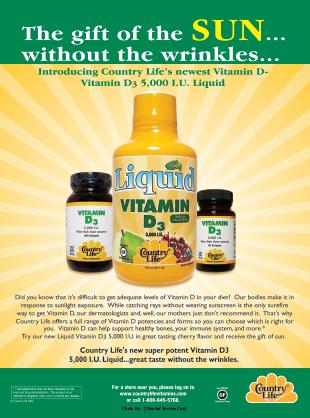
I feel kind of old saying this, but today’s youth are a special breed. They are obsessed with anything digital, lovers of e-communication, proficient multi-taskers (yes, Mom, I can do my homework, text, IM and listen to my iPod at the same time) and are completely intrigued by the latest and greatest. These characteristics, unique to America’s teens and tweens, affect more than the cell phone bill. They have bearing on their overall health and on how our industry should market itself to this special age group.
I Want it NOW!
Having grown in up the “Era of Instantaneous,” teens and tweens expect—or rather demand—quick results. They’ve never had to wait for a dial-up Internet connection or to chat with their BFFs after a busy line opens up. Likewise, their nutritional choices favor quick, hassle-free options; and as we know, too many kids would rather play virtual tennis in their living rooms than venture out to the courts.
This relatively new culture of now, now, now, doesn’t completely jive with our industry’s understanding of dietary supplements. It’s not easy to make the case to teens to beef up their calcium intake now, for example, so they aren’t prone to osteoporosis in 40 years. Or, to take vitamin C in the summer—well before cold/flu season.
While I don’t have a one-step answer for getting teens to embrace our offerings, I do think our industry can keep in mind the teen mindset when developing products for them and highlighting them in our stores.
• We can definitely take advantage of teens’ penchants for adventurous, new things. Research from the Center for Culinary Development indicates that Generation Y’s food preferences lean toward “intense, complex, layers of flavor in their foods” and older teens (16 and up) are willing to spend liberally for big or bold flavors (1). Why not show them you can satisfy their cravings with a teen-friendly tasting session of your newest unique and international food offerings?
• Teens do well with bite-sized information—especially pieces they can get on demand. It might be helpful to point teens (via shelf talkers) to a youth-friendly section of your Web site with quick nutritional pointers for your 13–19-year-old clientele. Information about supplements for teen athletes, dealing with acne (see this month’s feature on page 58), mood support options, general nutrition for high schoolers, advice for vegan/vegetarian teens, new flavorful lunch/dinner options and more are all appropriate.
• While you’re at it, consider getting your teenaged part-time staff to help you establish a Facebook or MySpace page for your store with info about teen-specific events, promotions, discussion boards and polls. Monitor the pages yourself to keep a handle on information associated with your store or seek the help of a trusted social network-savvy colleague.
• Last, don’t neglect your tweens (ages eight through 12). While neither “little kids” nor full-blown teens, this group deserves special marketing. According to the Canadian Media Awareness Network, this group responds best to marketing when they’re approached as though they are older. Keep this in mind before your cashier doles out a free organic lollipop to that fifth grader.
And just maybe, implementing some of these ideas will get teens to leave your store saying, “That place is pretty chill.” WF
Kaylynn Chiarello-Ebner
Associate Publisher/Editor
Reference
1. Center for Culinary Development, “Gen-Y’s Culinary Code Crack by Innovative Research,” press release
distributed Nov. 1, 2008.
Published in WholeFoods Magazine, September 2009










